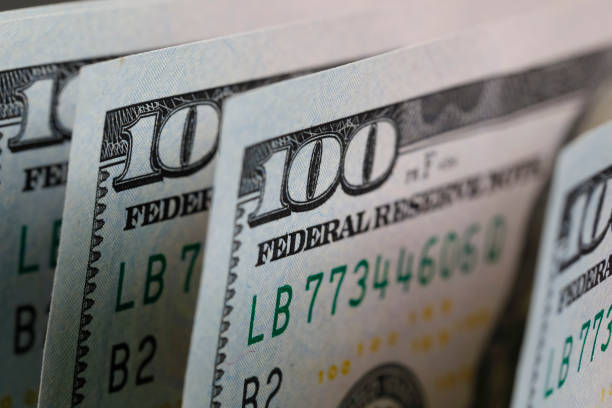FOREX-Dollar struggles to recover from Powell's dovish surprise

By Kevin Buckland
TOKYO, Aug 25 (Reuters) - The U.S. dollar attempted on Monday to pull itself up from a four-week low on the euro after a dovish pivot from Federal Reserve Chair Jerome Powell sent it tumbling more than 1%.
The U.S currency added 0.1% to $1.1705 per euro, but remained within striking distance of Friday's low at $1.174225, a level not seen since July 28.
It edged up 0.1% to $1.3509 versus sterling GBP=D3, following a 0.8% slide in the prior session, and rose 0.3% to 147.26 yen JPY=EBS, clawing back part of Friday's 1% tumble.
The risk-sensitive Australian dollar briefly leapt to a one-week high of $0.6523 AUD=D3 on Monday before pulling back to trade little changed at $0.6490. In the previous session, it surged 1.1%.
Powell in a closely watched speech at the Fed's annual Jackson Hole symposium on Friday opened the door to an interest rate cut at the central bank's meeting next month.
"Downside risks to employment are rising," he told an audience of international economists and policymakers. "And if those risks materialize, they can do so quickly."
Traders are now pricing in 84% odds of a quarter-point rate cut on September 17, and a cumulative 53 basis points of reductions by year-end, according to LSEG data.
Traders had ramped up bets on a September cut early this month after an unexpectedly weak monthly payrolls report, but hotter-than-expected producer price inflation and strong business activity surveys forced a paring back in the run-up to Jackson Hole.
"Chair Powell's Jackson Hole message cleared the market's low bar for dovishness following a steady erosion in Fed cut pricing," Goldman Sachs analysts wrote in a client note.
"It will be up to the data to determine the pace and depth of cuts."
Key upcoming data points include the Fed's preferred inflation gauge, the PCE deflator, on Friday, and monthly payrolls figures for August, due a week later.
The dollar has been under additional pressure in recent weeks as U.S. President Donald Trump's attacks on Powell and other Fed policymakers raised concerns about central bank independence.
Fed Governor Lisa Cook became Trump's latest target last week, and on Friday he said he would fire her if she does not resign over allegations about mortgages she holds in Michigan and Georgia.
Trump has repeatedly criticized Powell, first for not cutting rates this year, and more recently over cost overruns on a renovation of the Federal Reserve building.
Bank of Japan Governor Kazuo Ueda said in Jackson Hole on Saturday that wage hikes are spreading beyond large firms and likely to keep accelerating due to a tightening job market.
The remarks reinforced market expectations for the BOJ to resume raising rates soon after it paused following a hike in January in order to gauge the effects of Trump's aggressive global tariffs.
Traders currently put the odds of a hike by the BOJ's October meeting at about a coin toss.
Homin Lee, senior macro strategist at Lombard Odier, sees the yen strengthening to the low 140s versus the dollar over a 12-month horizon, but expects it to be range-bound in the near term.
"We assume the window for the Bank of Japan's next rate hike to be in January next year, not October," Lee said.
"They'll probably keep the real interest rate very low in the negative territory until the end of the year, and only consider gradual rate hikes."





